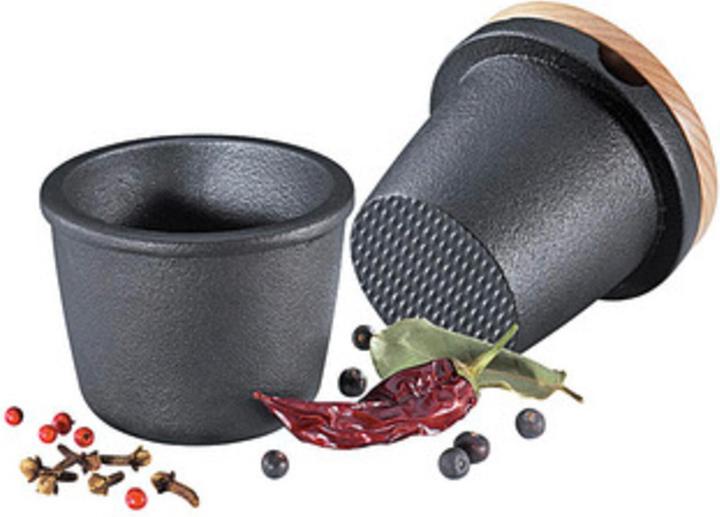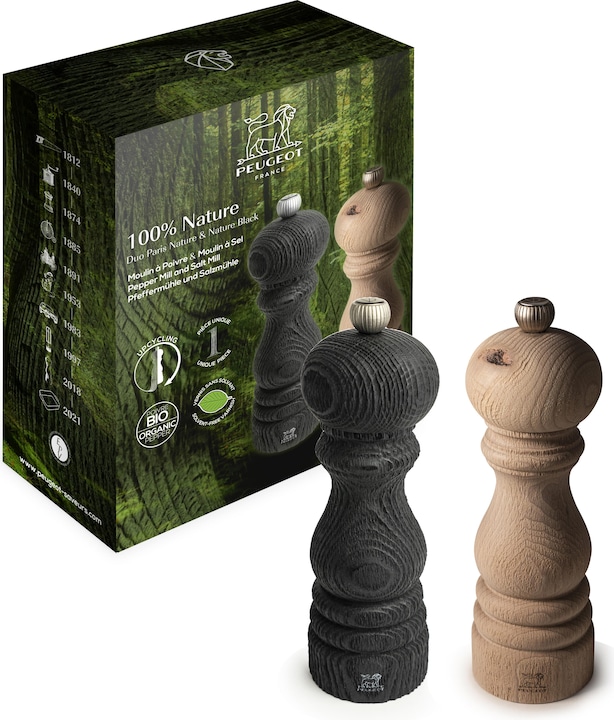

The problem with disposable spice mills? You’re adding a pinch of microplastics to every meal
If you thought your spice grinder was merely adding extra flavour to your food, you were wrong. Unfortunately, some disposable mills with plastic grinders are also sprinkling microplastics on your dishes. So how to avoid it?
Disposable spice grinders are a modern luxury designed to make life easier. The grinders come pre-filled with salt and spices, so that’s one job less for you to do. In terms of sustainability, the whole idea is pretty bad, of course. And in this case, opting for a more sustainable solution is also better for your health. Why? Because disposable grinders have another serious drawback. They sprinkle a generous pinch of microplastics onto your food along with salt, pepper or spices.
Avoid plastic grinding mechanisms
The reason for that extra pinch of plastic ending up in your food is the grinding mechanism made of plastic. While practically all disposable spice mills are equipped with them, some refillable mills also feature all-plastic grinders or at least some plastic components.
Researchers from the University of Münster and the CVUA MEL, the chemical and veterinary investigation office Münsterland-Emscher-Lippe, compared three plastic grinders in disposable mills with two refillable mills with ceramic grinders. The result? In addition to the salt, which already contains small amounts of microplastics, the plastic mills added additional microplastic particles to the food. In two models made of polyoxymethylene (POM), a particularly large amount of plastic ended up in the food. According to the test results, several thousand particles per 100 milligrammes of ground salt were detected.
So, it’s worth investing in a durable, reusable spice mill. Not just for the sake of the environment. After all, they’re more sustainable and are of a higher quality than disposable spice mills if they feature a ceramic or metal grinder mechanism.
Ceramic: odourless but sensitive
Ceramic grinders are particularly durable resistant to corrosion. Being tough and sturdy, they grind most spices without any problems. Another big plus is that they’re odourless, which means the spices retain their original flavour. However, if they’re dropped or knocked, they’re more prone to breaking than other materials.
Metal: durable, but susceptible to rust
Metal grinders are often made of stainless steel. They’re also very durable and resistant to wear. Although they’re less likely to break than ceramic grinders, they may rust if they come into contact with very salty or moist spices. They may also slightly change the aroma of the spices, especially if they’re not cleaned regularly.
Whether you prefer one or the other is ultimately a matter of personal taste. Both materials are definitely more sustainable and healthier alternatives to plastic grinders.
35 people like this article
Science editor and biologist. I love animals and am fascinated by plants, their abilities and everything you can do with them. That's why my favourite place is always outside - somewhere in nature, preferably in my wild garden.




